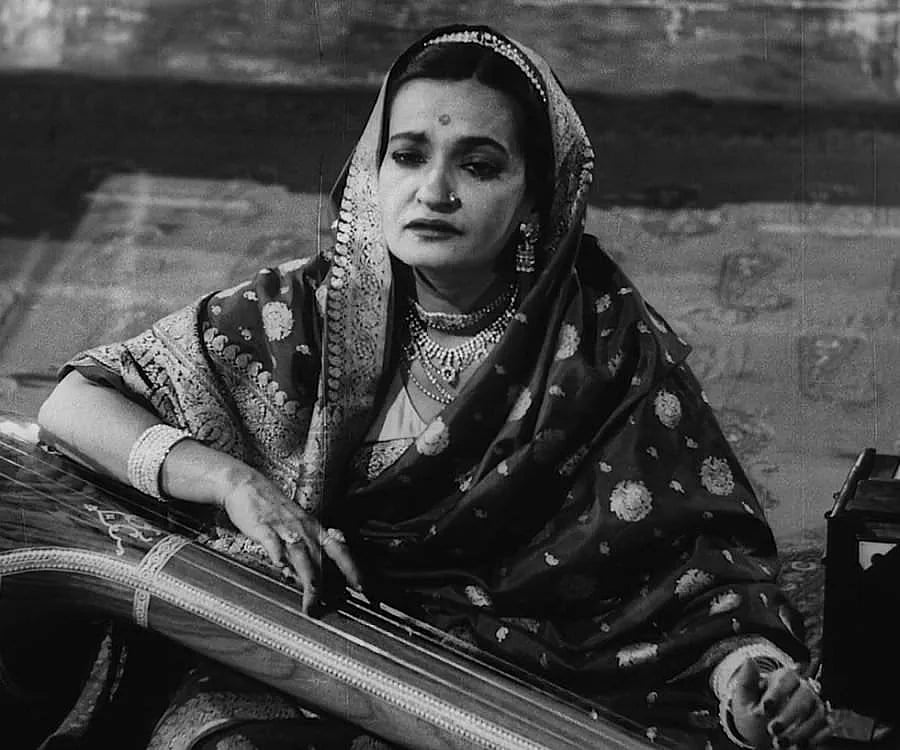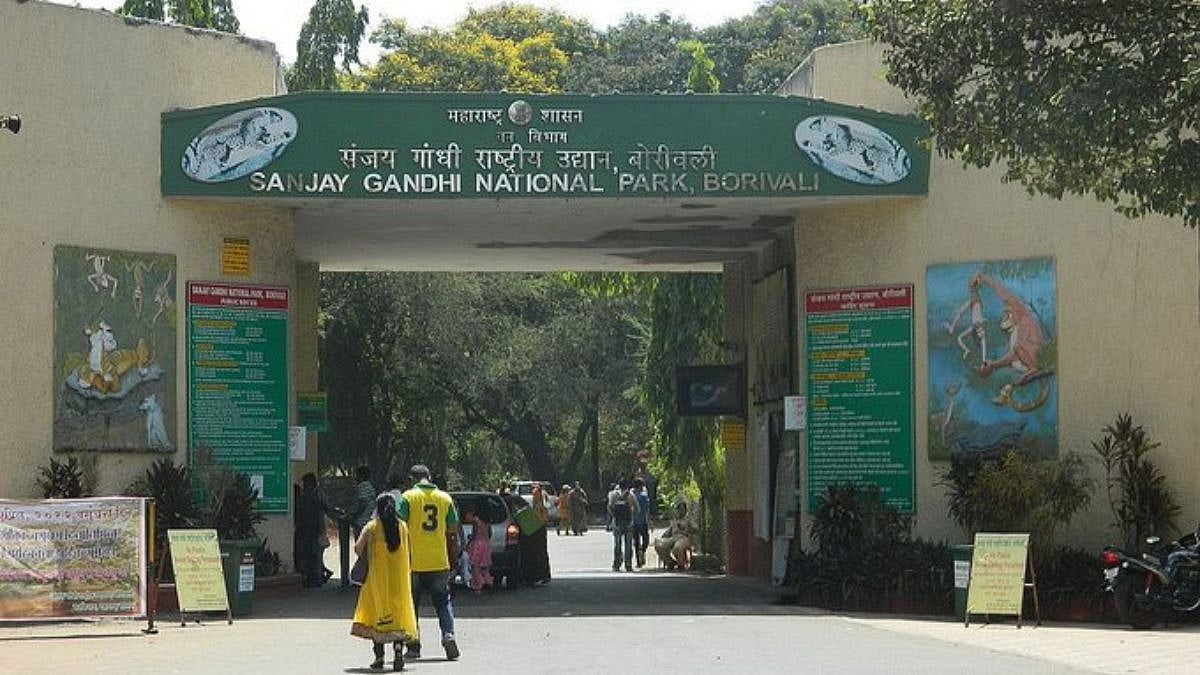Almost half a century separates 1976 and 2023, yet the French saying “The more things change, the more they stay the same” seems so relevant. The heyday of the Emergency saw the forced sterilisation programme that was one of the reasons for the ejection of the Congress from power in 1977. Recent events in Assam point to the continued use of coercion in family-related issues. Ostensibly concerned with high rates of underage marriages and its implications for maternal and child health, the Government of Assam has decided to arrest those who participate in the marriage of girls under 18, whether they be husbands, fathers or fathers-in-law. Unfortunately, the government has gone in for a remedy that is worse than the disease.
For the first 50 years after independence, India’s population policy suffered from a myopic fixation with directly controlling reproduction through sterilisation. It is only in recent years that realisation has dawned on our policy makers that human development is the best contraceptive. More specifically, it is now acknowledged that promoting women’s agency and enabling them to control vital life decisions are the best methods to limit population growth while also bringing maternal and infant/child mortality rates in line with those in developed countries.
Assam has the highest maternal mortality rate in the country of 215 deaths per 1,00,000 live births, almost twice the Indian average. While institutional deliveries have shown a rise from 71% to 84% between 2016 and 2019, only 51% of pregnant women availed of at least four antenatal care visits in 2019. Only 45.3% of currently married women in the 15-49 age group use any modern family planning method. Poverty and poor educational levels are clearly the driving factors behind early marriage of girls — 32% of women in Assam are married before reaching the age of 18, increasing the chances of infant mortality in children born to mothers in the teenage group as compared to children born to women in the 20-29 age group. Five districts of western Assam are among the top seven districts registering underage female marriages of over 40% — Barpeta, Dhubri, Goalpara, Kokrajhar and Bongaigaon. These are also the areas where the government appears to have focused its crackdown on underage female marriages.
In a society which is still traditional and patriarchal in its attitude to women, lack of access to education and formal schooling for girls has serious implications for womens’ empowerment. Less than 30% of females in Assam have completed ten or more years of schooling. The 2011 Census shows female literacy rates for Dhubri and Barpeta districts in Western Assam at 50% and 56% respectively. The latest figures for 2023 show that total literacy percentages for many districts in Western Assam are still between 58% and 67%: obviously female literacy percentages are likely to be lower. The lack of womens’ education has serious consequences for the next generation. The NFHS5 Report for Assam bluntly states that children whose mothers have no schooling are twice as likely to die before their first birthday as compared to children whose mothers have completed ten or more years of schooling.
There is every likelihood that the resort to police action could have very adverse repercussions where women are concerned. The rise in institutional deliveries over the years has been heartening. Now, there is a distinct possibility that families will resort to home deliveries or resort to unregistered doctors/quacks to avoid state action, as evidenced by the recent report of a young woman in Bongaigaon district bleeding to death because of unskilled delivery at her home. Equally disturbing is the likelihood that teenage pregnancies will not be reported to the health authorities, denying these pregnant women access to professional antenatal care. Out of pocket expenses on deliveries would put an increasing burden on the straitened finances of poor families. Further strains on family finances would arise from the arrest of male family members, who are in most cases the sole breadwinners for the family. The result could well be increased mortality and morbidity in the mother-child dyad.
In fact, this knee-jerk reaction of the Assam government to the problem of teenage pregnancies could well have been avoided. Pregnancies in women under 20 years of age could hardly be the sole reason for the high maternal mortality rate in Assam. Other factors like poor nutrition and health care access (especially during pregnancy) on account of poverty, and lack of spacing between deliveries are also contributory factors. Social behaviours are slow to change in the absence of rising standards of living, better education and improvements in the socio-economic status of women.
The Assam government should take heart from the statistics in the latest NFHS5 survey, which show significant step up in institutional deliveries, substantial reductions in infant and child mortality and levels of child undernutrition that are comparable with those of more developed states. ASHAs and other frontline health and ICDS workers, as well as community workers, have gradually earned the confidence of local communities. Community education on the dangers of early marriage and pregnancy, and promoting the use of effective family planning measures to delay pregnancies till the age of 21 and above, are measures that need to be pursued patiently and systematically. The state government should encourage civil society activists and government workers to deal with communities while pursuing policy measures that emphasise girls’ education, state-sponsored nutrition for pregnant women and lactating mothers and employment creation.
The author of this article, a retired IAS officer of the Maharashtra cadre, has served as Director General of the Rajmata Jijau Mother Child Health and Nutrition Mission, Government of Maharashtra









